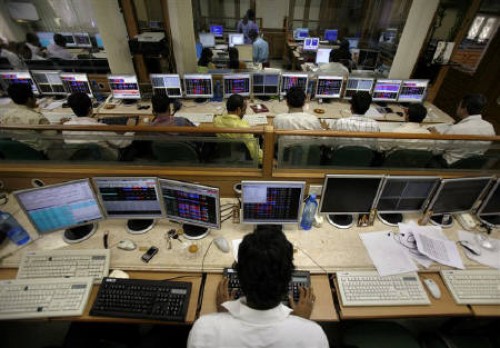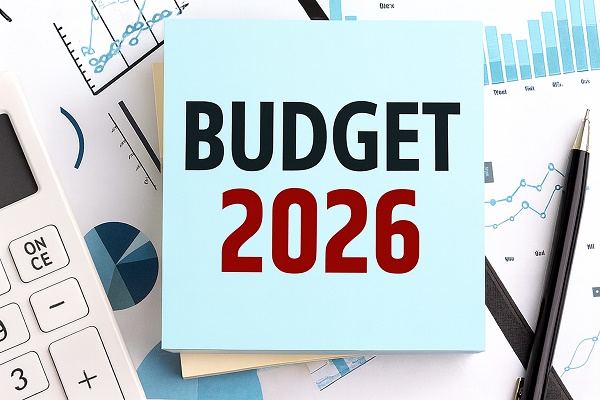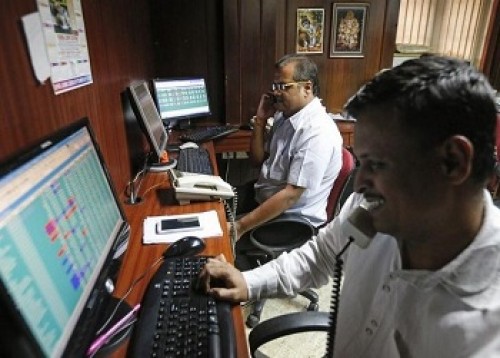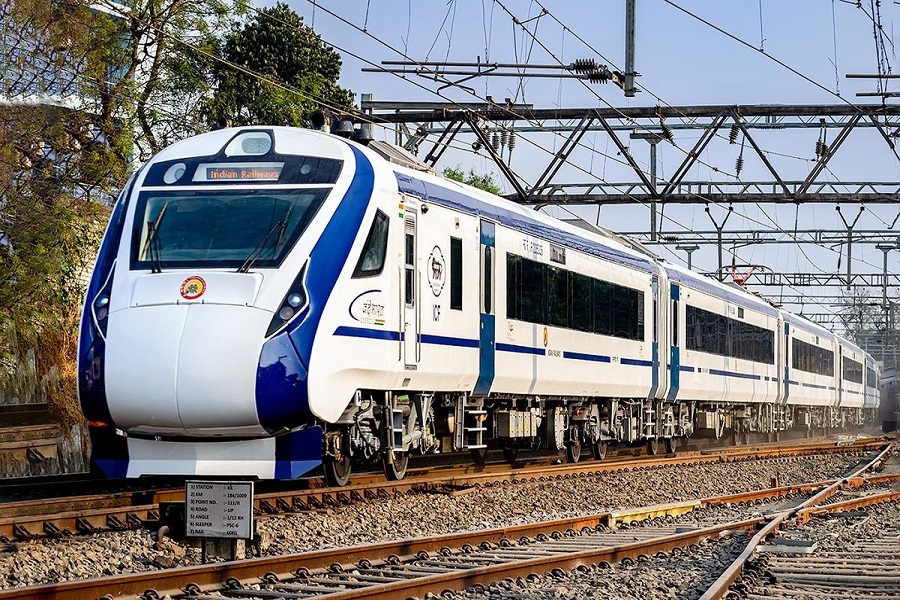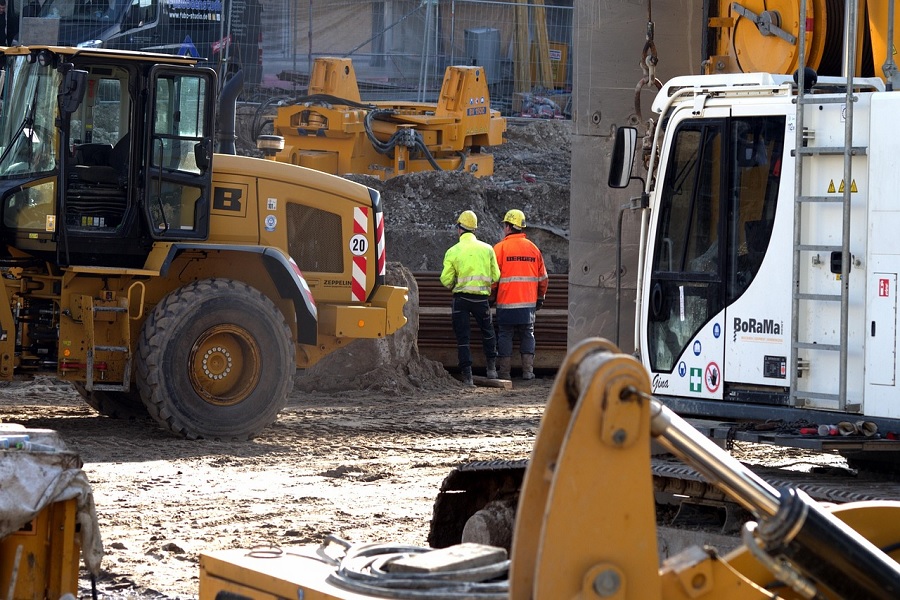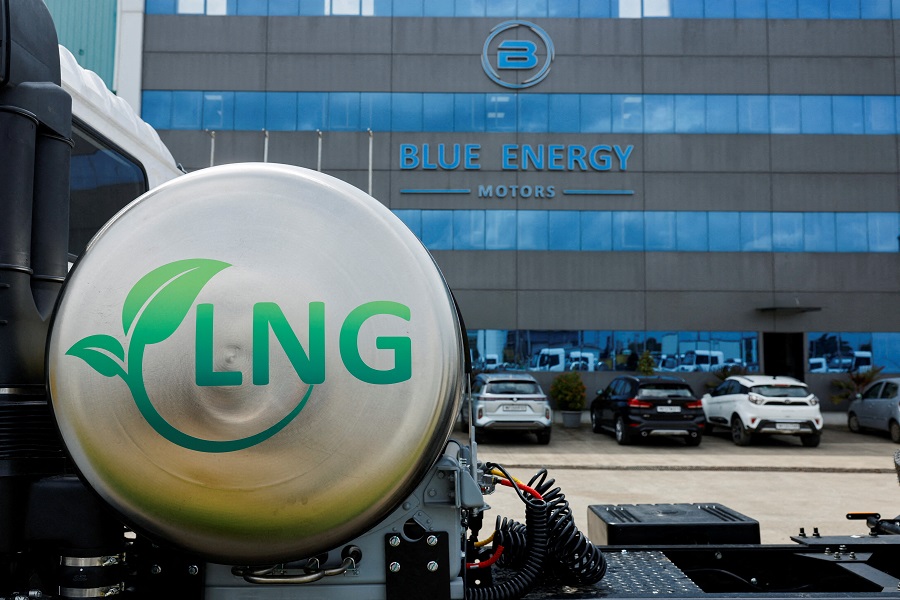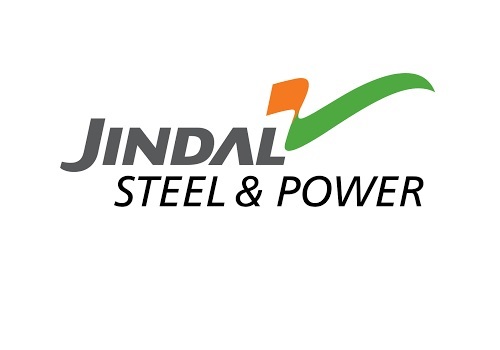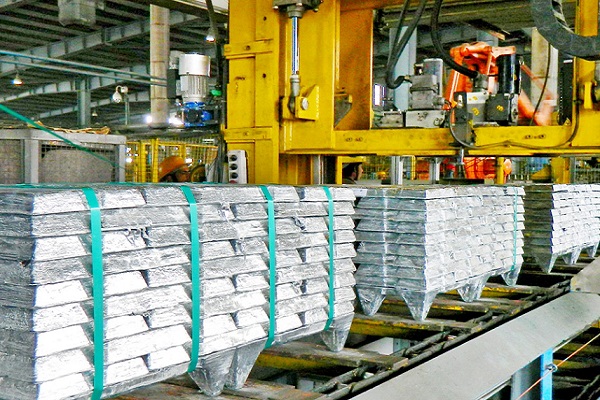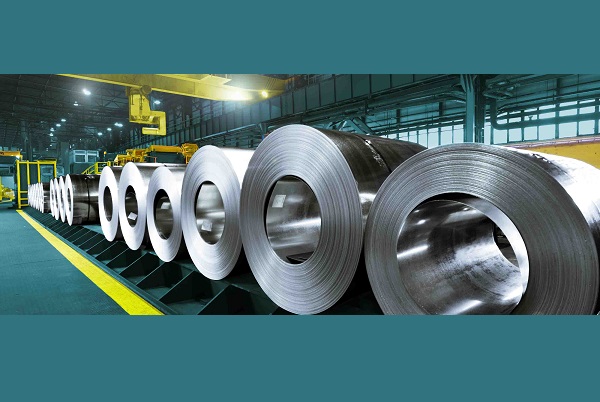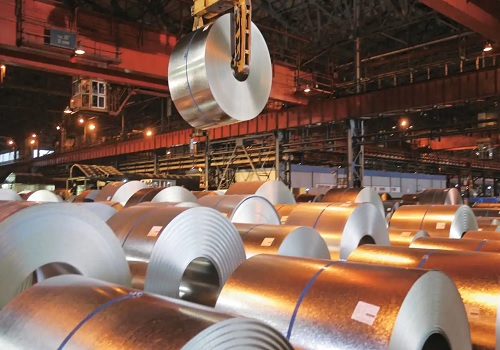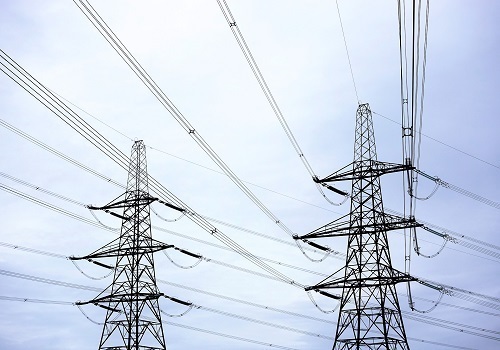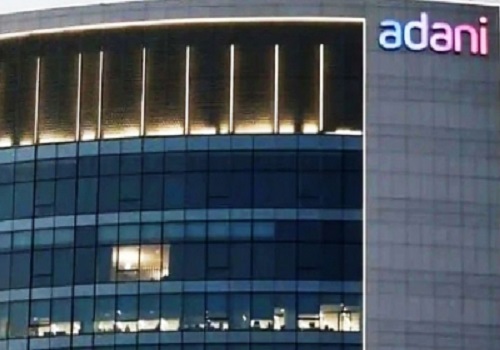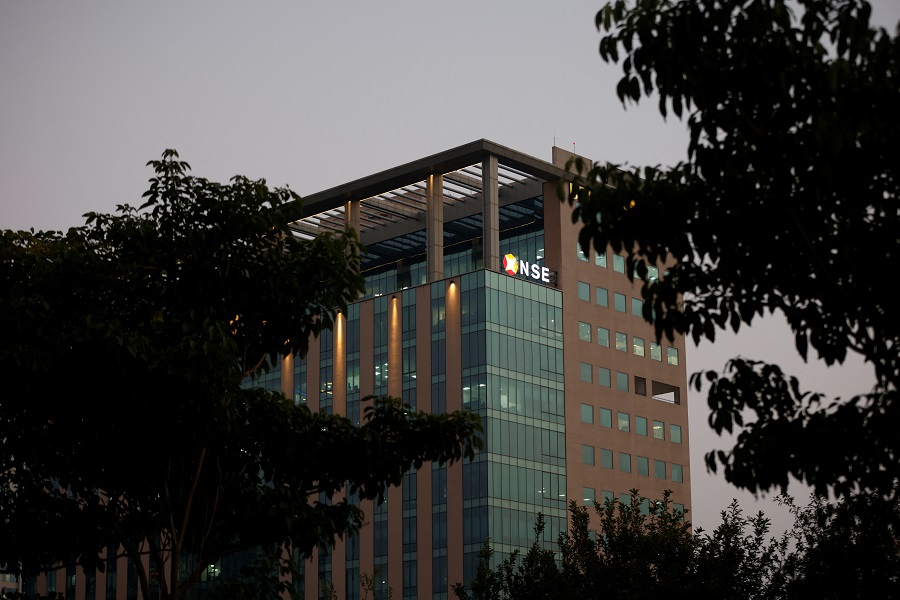Jindal Steel gains on securing LoI from Government of Odisha

Jindal Steel & Power is currently trading at Rs. 960.55, up by 4.55 points or 0.48% from its previous closing of Rs. 956.00 on the BSE.
The scrip opened at Rs. 964.85 and has touched a high and low of Rs. 964.85 and Rs. 953.60 respectively. So far 3126 shares were traded on the counter.
The BSE group 'A' stock of face value Rs. 1 has touched a 52 week high of Rs. 1073.65 on 17-Sep-2024 and a 52 week low of Rs. 723.95 on 31-Jan-2025.
Last one week high and low of the scrip stood at Rs. 984.90 and Rs. 931.95 respectively. The current market cap of the company is Rs. 97841.75 crore.
The promoters holding in the company stood at 62.22%, while Institutions and Non-Institutions held 27.26% and 10.52% respectively.
Jindal Steel & Power (JSPL) has received Letter of Intent (LoI) from Government of Odisha for a 50-year mining lease for the Roida-I Iron Ore and Manganese Block, located in Keonjhar District. Spread across 104.84 hectares, this vital mineral resource significantly enhances Jindal Steel’s raw material security and underscores its commitment to integrated and sustainable steel production in India’s mineral-rich eastern corridor.
The Roida-I Iron Ore and Manganese Block comes with an Environmental Clearance capacity of 3 Million Tonnes Per Annum (MTPA) and a mineral deposit of 126.05 Million Tonnes, further solidifying the strategic value of the acquisition. This LoI follows Jindal Steel’s successful participation in the e-auction held on June 6, 2025, where the company emerged as the Preferred Bidder, in line with the provisions of the Mines and Minerals (Development and Regulation) Act, 1957, and the Mineral (Auction) Rules, 2015. The issuance of the LoI is a significant step toward securing long-term iron ore and manganese supplies, critical to Jindal Steel’s integrated operations.
Jindal Steel and Power is one of India’s fastest growing and largest integrated steel manufacturers, significantly present in Steel, Power Generation and Infrastructure segments and catering to a large part of India's domestic energy and infrastructure requirement.





